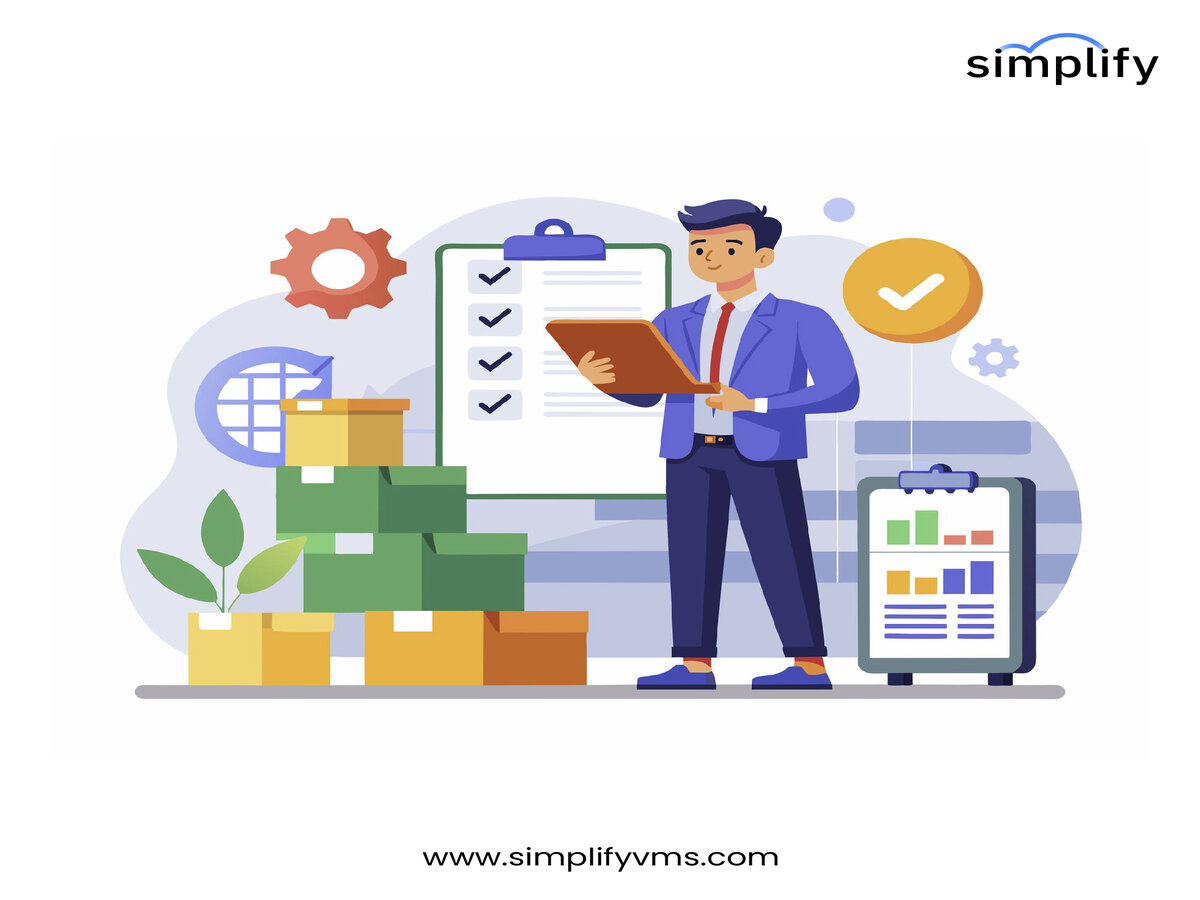
In today’s fast-paced business environment, organizations increasingly rely on a mix of full-time employees and contingent workers, including freelancers, contractors, and vendors, to keep operations flexible and efficient. However, managing this diverse workforce, especially the contingent segment, can be complex. This is where a Vendor Management System (VMS) comes into play—a technology designed to streamline the management of external vendors and contingent workforce by automating processes, ensuring compliance, and providing key insights into vendor performance.
What is a Vendor Management System (VMS)?
A Vendor Management System is a cloud-based or software solution that centralizes and automates the sourcing, onboarding, managing, and tracking of vendors and vms contingent workforce. Its purpose is to help businesses optimize vendor relationships and gain better control over contract management, performance monitoring, compliance, and cost tracking.
From simplifying the procurement process to providing a single view of all vendors, a VMS is a powerful tool for HR, procurement, and management teams, providing real-time visibility into contingent labor operations. It also plays a crucial role in helping companies adhere to local and global labor laws, ensuring they avoid regulatory pitfalls.
Key Features of a Vendor Management System
- Vendor Sourcing and Selection: A VMS helps organizations source vendors based on their specific needs, industry standards, and cost requirements. Many VMS platforms offer AI-powered tools that analyze past performance and predict the suitability of vendors, improving hiring efficiency.
- Automated Onboarding: Onboarding is streamlined by the VMS, which automates paperwork, tracks necessary certifications, and verifies compliance with local regulations. This feature ensures vendors are ready to work without delays or complications.
- Contract Management: Managing vendor contracts and ensuring compliance with terms is critical to avoid financial risks. A VMS stores and organizes contracts, making it easy to review terms, track renewals, and manage contract expirations effectively.
- Performance Monitoring: By tracking key metrics like delivery timelines, project completion rates, and quality scores, a VMS allows companies to monitor vendor performance closely. This data helps identify top-performing vendors and address any issues with underperforming vendors.
- Compliance and Risk Management: Ensuring that vendors follow company policies and legal requirements is essential. A VMS automates compliance checks, tracks necessary documentation, and flags non-compliant vendors to reduce legal risks and ensure ethical practices.
- Real-Time Reporting and Analytics: Comprehensive data reporting is one of the most valuable aspects of a VMS. With real-time data, companies can assess their contingent workforce strategies, optimize costs, and make data-driven decisions to improve productivity and vendor relationships.
Benefits of Implementing a VMS
- Cost Efficiency: A VMS provides visibility into spending, allowing companies to track costs and negotiate better rates with vendors. It helps eliminate hidden fees and reduce reliance on high-cost vendors by identifying and utilizing cost-effective alternatives.
- Improved Compliance: Compliance is critical when managing a diverse, global workforce. A VMS ensures vendors meet necessary standards and follow local regulations, which is especially valuable for organizations with operations in multiple regions.
- Enhanced Productivity: By automating manual tasks such as onboarding and compliance checks, a VMS frees up time for HR and procurement teams to focus on strategic tasks, increasing overall productivity.
- Data-Driven Insights: The real-time data and analytics provided by a VMS enable companies to optimize their vendor strategies continuously. For instance, businesses can identify which vendors offer the highest quality, allowing them to make more informed choices.
The Future of Vendor Management Systems
As workforce dynamics continue to evolve, especially with the rise of the gig economy and remote work, VMS technology will become increasingly important for companies looking to adapt quickly and maintain flexibility. Emerging trends, like the integration of AI for predictive analytics and enhanced user experiences, are making VMS platforms more intuitive and valuable.
The integration of direct sourcing capabilities within VMS systems is also a rising trend. Direct sourcing allows companies to tap into their own networks or talent pools, reducing dependency on external vendors while ensuring the quality and suitability of hired candidates.
Conclusion
A Vendor Management System is no longer a luxury but a necessity for companies that rely on a blend of full-time and contingent workforce. By centralizing vendor processes, automating compliance, and providing data-driven insights, a VMS empowers organizations to make smarter decisions, optimize costs, and maintain flexibility in a rapidly changing talent landscape. For businesses looking to stay competitive and compliant, adopting a VMS is a strategic move toward efficient, scalable workforce management.







